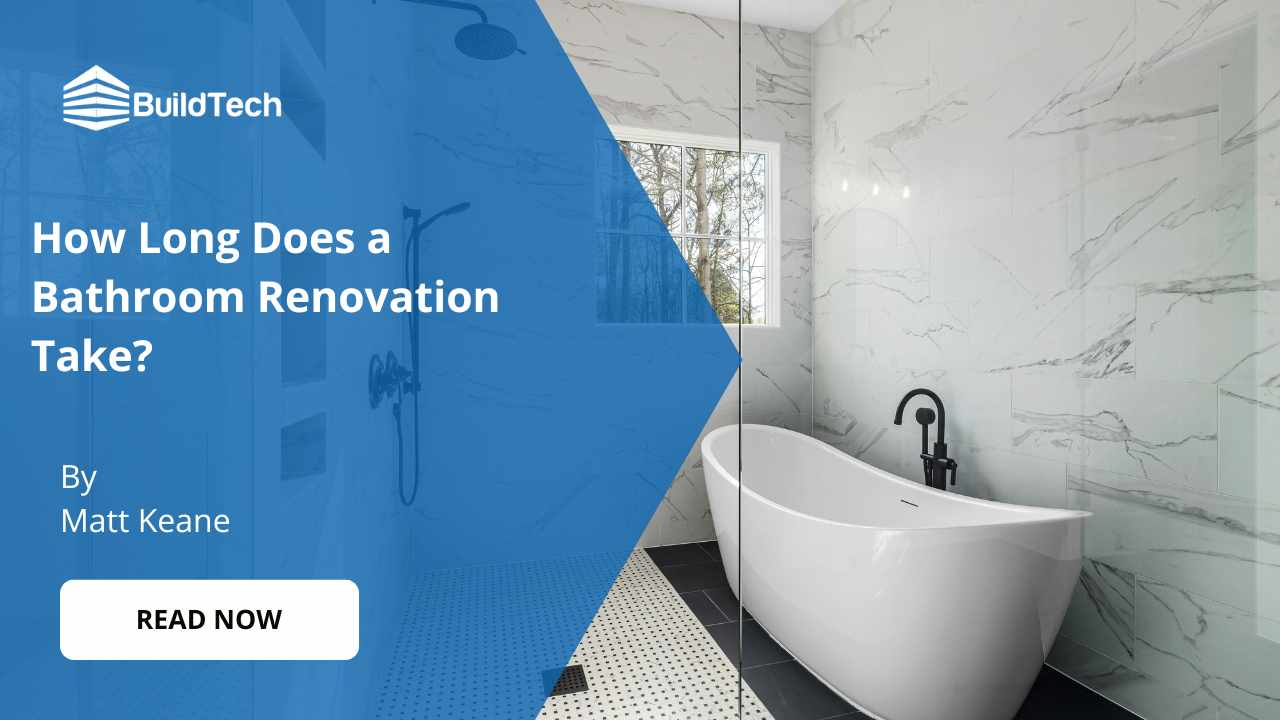Are you unsure about the optimal positioning for your solar panels and how this can impact their efficiency? You are not alone. While it's true that a slight variation in direction or angle can greatly influence solar power output, understanding this complexity seems a daunting task.
This article is your guide to unravelling these mysteries, providing expert insights into all things related to solar panel direction and angles. Get ready as we shine some light on the best ways to maximise your home's energy production!
Importance Of Solar Panel Direction And Angle
The direction and angle of solar panels play a crucial role in optimising energy production. Several factors, such as geographical location and environmental conditions, affect the optimal direction and angle for maximum sunlight absorption.
Optimising Energy Production
We optimise the energy production of solar panels by carefully considering their direction and angle. To grasp the sun's most direct rays, we need our panels facing true south in Ireland.
It is advantageous since it means the sunlight hits the panel directly rather than at an angle. Regarding tilt, matching it to our latitude brings about the best results per expert recommendations.
Thus, adjusting both these aspects accordingly can significantly increase energy collection efficiency - all contributing to an optimally performing solar system!
Factors Affecting Optimal Direction And Angle
Several factors can influence the optimal direction and angle of solar panels. These include:
- The latitude of your location: Solar panels are typically recommended to be oriented towards the true south in the Northern Hemisphere.
- Shading: Obstacles such as trees, buildings, or other structures can cast shadows on solar panels, reducing efficiency. It's important to consider any potential shading when determining the direction and angle of your panels.
- Roof orientation: The layout and orientation of your roof can impact the optimal direction for your solar panels.
- Roof pitch: The angle at which your roof is sloped can also affect the tilt angle of your solar panels.
- Aesthetics: Some homeowners may prioritise the appearance of their solar panel system and choose a specific tilt angle that blends well with their roofline.
Best Direction for Solar Panels
Many people don't have any knowledge of solar panel direction & angle. Does it matter? However, directions matter a lot. The best direction for solar panels is south-facing, as it allows optimal sunlight exposure throughout the day.
South-Facing Panels
South-facing panels are the most optimal direction for solar panels in Ireland. By facing towards the south, solar panels receive maximum sunlight throughout the day, which results in higher energy production.
This is particularly important for homeowners looking to maximise their electricity generation from solar panels. So, when installing a solar system, it's crucial to consider orienting the panels towards the south to ensure they capture as much sunlight as possible and generate more energy efficiently.
East Or West-Facing Panels
East or west-facing panels can still be a viable option for homeowners installing solar panels. While south-facing panels are generally ideal for maximising energy production, east or west-facing panels can generate significant amounts of electricity.
East-facing panels benefit from the morning sunlight, which can be advantageous during peak usage hours in the early part of the day. West-facing panels, on the other hand, take advantage of afternoon sunlight and may be more beneficial if you consume more electricity later in the day.
So, depending on your specific needs and energy usage patterns, east or west-facing panels could be a suitable choice for your solar system installation.
Best Angle for Solar Panels
Several factors need to be considered to determine the best angle for solar panels, such as the latitude of your location and the seasonality of sunlight.
Factors To Consider
When determining the direction and angle of solar panels for your home, several factors must be considered. These include:
- The location of your home: Your location's latitude plays a significant role in determining the optimal tilt angle for your solar panels.
- Roof orientation: The direction your roof is facing will impact how much sunlight your panels can capture throughout the day.
- Surrounding shade: Obstructions such as trees or nearby buildings can cast shadows on your panels, reducing efficiency.
- Aesthetics: Consider how the placement and tilt of your solar panels will look on your roof to ensure it complements the overall appearance of your home.
Impact on energy generation
The direction and angle of solar panels have a significant impact on their energy generation. By optimising the direction, panels can capture maximum sunlight throughout the day, leading to higher electricity production.
It is recommended that homeowners in Ireland orient their solar panels towards the true south to ensure optimal energy generation. Additionally, adjusting the tilt angle of the panels according to the location's latitude helps them receive sunlight directly perpendicularly, maximising their efficiency.
Considering these factors during solar panel installation can greatly enhance energy production and make your system more efficient.
Conclusion
The solar panel direction & angle matters a lot when optimising energy production. By facing south and tilting them towards the optimal angle for their location, homeowners can maximise sunlight exposure and increase the efficiency of their solar panel system.
Considering these factors during installation is important to ensure maximum electricity generation from solar panels.


















